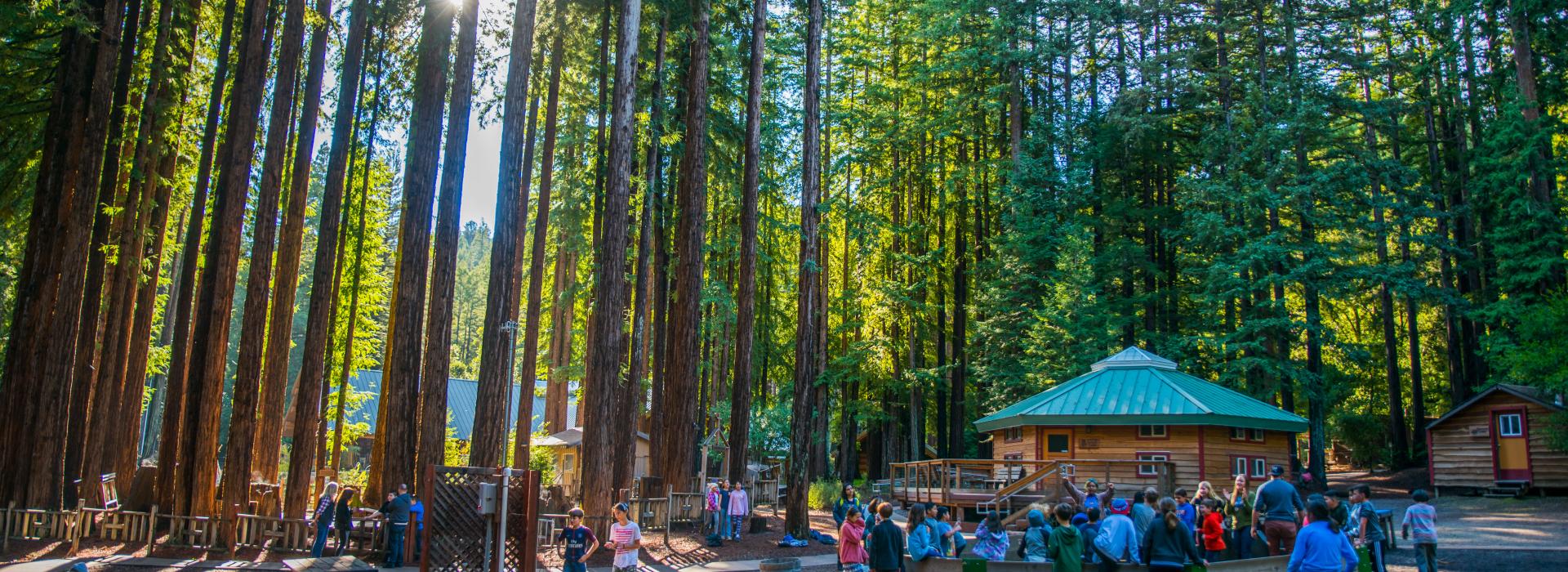Green Spaces and Mental Health Effects
The term “green space” essentially refers to areas of an urban setting—such as a city—that hold natural elements such as plant life and water features. Green spaces such as parks allow people to interact with nature, with community gardens and nature preserves being other common examples. According to a paper published by researchers at the University of Essex in 2017, the presence of accessible green spaces—whether observable from a window or nearby in one’s urban area – fosters improvement in mental health in a variety of ways, even when taking into account other possible explanations such as socioeconomic status.[1]
“…these environments have characteristics that can offer more positive experiences than equivalent time spent in other environments. Simple exposure to nature environments is psychologically restorative and has beneficial influences on individuals’ emotions and ability to reflect on life problems.”
J. Barton and M. Rogerson[2]

Green space access has the potential to have huge implications for the stressful and high-strung lives of urban centers, including:
- less anxiety and depression
- healthier levels of cortisol, the body’s stress hormone
- greater perceived fulfillment from living in the area, and subsequently
- increased value for homebuyers and developers
According to a study conducted by researchers from the University of Canterbury and the University of Otago, it was found that both moving people closer to usable green spaces and increasing the proportion of their neighborhood that is a green space showed positive benefits for mental health. This study agrees that green spaces are beneficial whether they allow for active exercise and direct participation in recreational activities (i.e. walking, sitting, swimming, boating) or whether they are utilized passively through observation for their aesthetic purposes.[5]
Another more general reason that green spaces are valuable within a community comes from the Third Place Theory of sociology. The concept of the “third place” was developed by sociologist Ray Oldenburg, who explained that a third place is essentially a location where people spend their rest time, in between their other two primary environments—home, and either school or work. Green spaces such as parks as “third places” create not only spaces for leisure, but also for learning, recreation, social interaction, and cultural engagement.[6]
Impacts of Green Spaces on Education and Economic Welfare of Citizens
Green spaces create other positive social impacts in addition to enhancing mental health benefits. Having green spaces within a city exposes and educates the general public about the natural environment, and gives schools an opportunity to teach students about the importance of biodiversity, horticulture, agriculture, animals, and other related topics.[7] These opportunities can range from short classroom field trips to longer science camps held for students.

In terms of the economy of an urban area, there are both positives and negatives. For areas of lower economic status, or in spatially restrictive living areas (such as apartments), green spaces provide free or cheaper venues for social gatherings, sports practice, and other recreation. Urban areas with green spaces have also been shown to decrease use of cars and increase transportation like walking and bicycling. Decreased car use lowers emissions that create negative externalities on air quality, which cities and citizens must then pay to regulate and clean up. Urban green spaces can also increase tourism of an area, which could help surrounding businesses.[9]
However, the creation of urban green spaces can prove costly in areas that are short on real estate. In the same vein, green spaces have the lower hand in areas that have housing shortages, because housing is generally prioritized over recreational or environmental purposes. Nonetheless, the benefits of green spaces are clear and can also increase the value of an area on the market. Overall, the integration of a new green space into a city requires a thorough economic cost-benefit analysis, which varies on case-by-case circumstances.[10]
